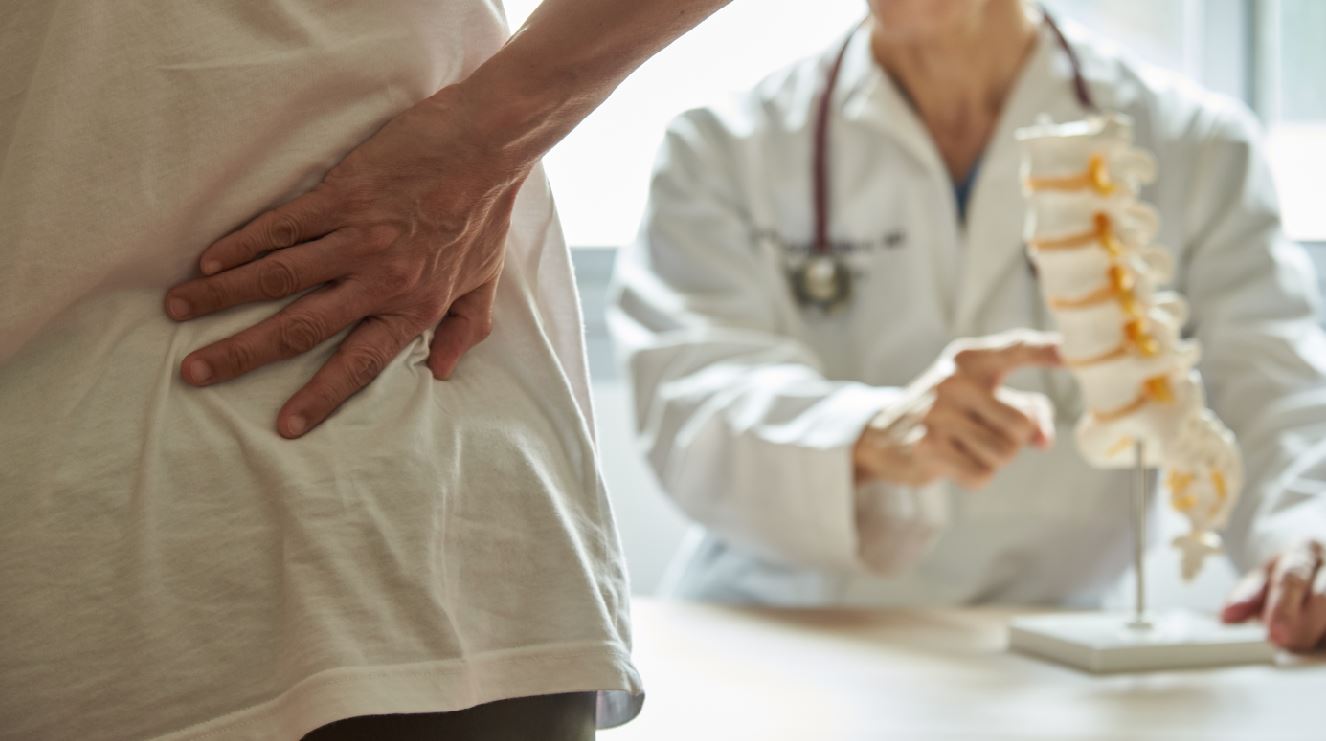
Microdiscectomy, or Microlumbar Discectomy (MLD) is performed to treat a painful lumbar herniated disc which can press on the spinal nerves causing pain and numbness in the buttock and leg. Microdiscectomy is one of the most common surgeries performed by spine surgeons. During this surgery either part, or all of a bulging or damaged disc is removed to relieve chronic pain in the legs and lower back.
Why microdiscectomy?
The goal of this surgery is to improve leg pain, restore function, and enable patients to resume normal daily activities. While resolving back pain is certainly part of the goal, this surgery is generally most successful at eliminating leg pain.
The lumbar microdiscectomy surgery procedure has advanced significantly in recent years. Today patient’s experience a shorter recovery period, have less pain and much better outcomes. After-surgery care on the part of the patient including wound care, following lower back rehabilitation protocols, and by maintaining good health also helps improve the overall success of the surgery.
Surgery Overview
The surgery is performed utilizing general anesthesia. Patients are positioned lying on the stomach. During surgery a 1 to 2 centimeter incision is made in the center of the low back, directly over the area of the herniated disc. Special retractors and an operating microscope are used to help the surgeon see the spinal region, resulting in minimal or no cutting of the adjacent muscles and soft-tissues. Once the retractor is placed, an x-ray is used to verify that the appropriate disc is identified.
A tiny section of bone from the superior lamina may be removed at this point, to expose the disc herniation. Then, the nerve root and neurologic structures are protected and carefully retracted, so that the herniated disc can be removed. Small surgical instruments are used to remove the protruding disc material. The wound area is usually washed out with sterile water containing antibiotics. The deep fascial layer and subcutaneous layers are closed with a few strong sutures. The skin can usually be closed using special surgical glue, helping to minimize scarring, and requiring no bandage.
Recovery
The total surgery time is approximately one hour. Most lumbar microdiscectomy patients can go home from the hospital within just a few hours following surgery. Recovery restrictions from lumbar microdiscectomy typically includes orders to limit bending, lifting, or twisting for at least 6 weeks to prevent the disc from herniating again.
Results and Outcomes
Patient outcomes with microdiscectomy surgery for the treatment of a painful, herniated disc are excellent. Research studies published in well-known medical journals suggest positive results in up to 96 percent of cases reporting in the range of good or excellent. Most patients are reported to experience rapid improvement of their pain and are soon able to return to normal function.
Our Approach to Minimally Invasive Spine Surgery
When it comes to accessing quality care for spinal disorders and related health problems in Sonoma County, the Total Spine Health Program at SRO provides both patients and referring physicians a complete, balanced approach to the treatment of spinal pathology. Learn more…
SRO Total Spine Health Center
Our orthopaedic specialists offer a wide range of spine injury treatment options providing individualized care using technical expertise such as innovative diagnostic testing, minimally invasive surgical techniques, and targeted therapies at our full-service onsite physical therapy center to improve mobility and quality of life. Learn more …

